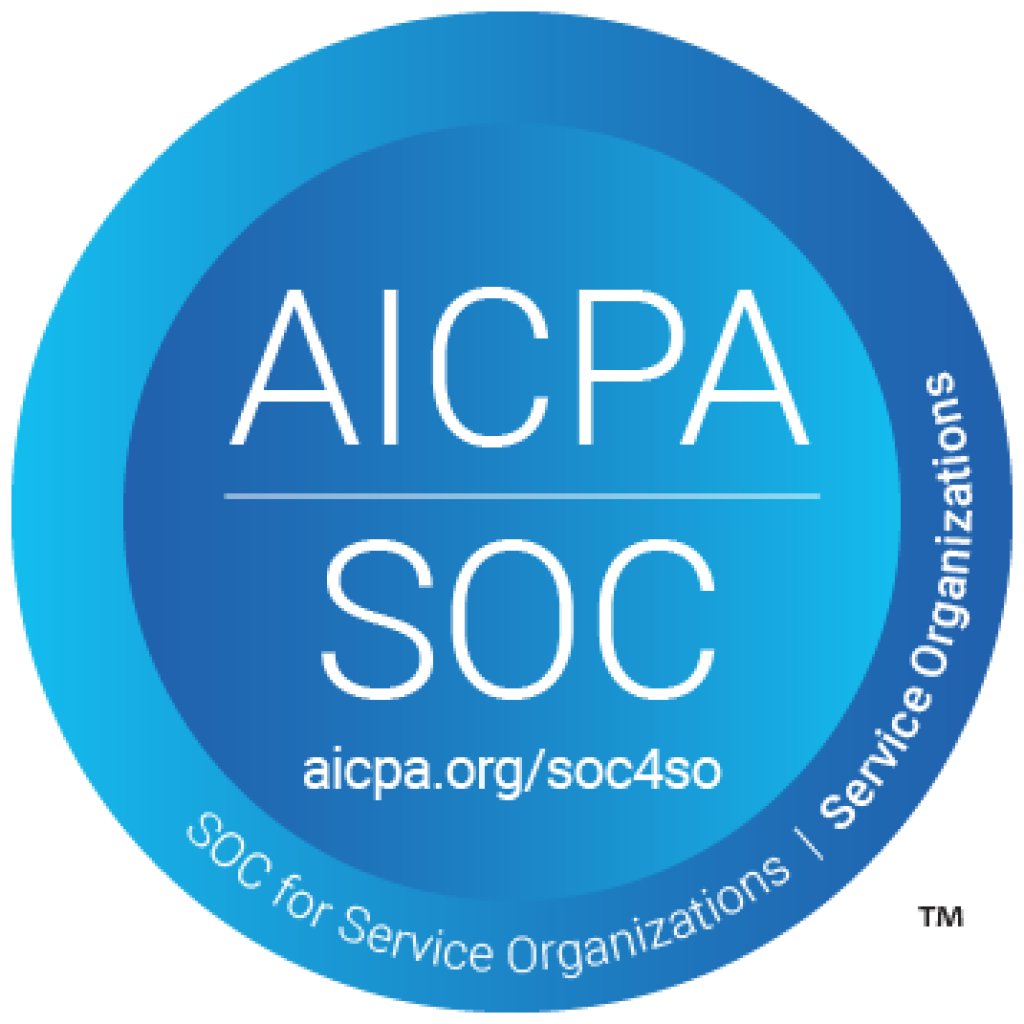7 Steps to Success: Converting Paper Records to Electronic Records
If you still have paper records in your healthcare office, it might feel like a daunting task to convert these files to a digital system. Where should you start the process of converting these files? Not only do you need an efficient conversion system, but you also need to be careful about protecting the privacy of your patients.
Benefits of Electronic Medical Records (EMR)
Technology has changed all industries, offering efficiency and benefits that weren’t previously available using paper. It’s no surprise that shifting to an EMR system can be beneficial for your healthcare facility and your patients. Here are a few reasons why it’s time to implement an electronic system if you still have paper records:
- On-Demand Access: When a patient’s information needs to be pulled up, the information can be accessed quickly by accessing the digital records. No need to dig through filing cabinets or thumb through paperwork to find the right information.
- Physician Collaboration: Digital transfer can provide open communication between healthcare providers. Together, team members can complete in-depth evaluations to reach an accurate diagnosis and optimal treatment plan.
- Medical Errors: When patient information is stored digitally, it can reduce medical errors – and potentially save lives. Electronic files eliminate the risk of misplacing paperwork while also reducing the potential of errors in the transcription.
- Physical Storage: Years of paperwork require a lot of room in the office for storage. State laws determine the length of time records need to be kept, which can be a filing burden to hold onto stacks of paperwork for an extended amount of time.
7 Steps to Take When Converting Paper Records
Now that you see the benefits of converting paper records to an electronic records system, here are a few tips to help you get started:
- Plan Ahead: It is essential that you have a plan in place before you start the scanning process. How will the records be stored? Have you selected a digital system to file the information? You need to determine the overall outcome to identify the steps that should be implemented in your plan.
- Choose a System: There’s no reason for you to start from scratch when proven digital record systems are available. Make sure to select a system that maintains HIPPA compliance. Also, it is helpful to have a user-friendly interface to simplify your daily systems.
- Set a Transition Timeline: Scanning paperwork can seem like a never-ending process, which is why it is easy to let this project fall to the backburner. The best solution is to set a transition timeline. For example, create a department goal to have the new electronic system in place fully by the first month of the year.
- Decide How to Manage Paper Records: Once the old files are stored digitally, what will you do with the stacks of files and paperwork? You can’t merely trash or remove these files without HIPAA compliant record management. These physical documents can only be purged if you are confident in the successful transition to a digital system.
- Consider Outsourcing: If you don’t have the option to free up staff members to scan all of the documents, consider hiring temporary staff or a service provider that can scan and upload patient files to another location. Consider your budget and ensure that you select a service provider that maintains HIPAA compliance.
- New Workflow: Not only do you need to convert existing records into the digital versions, but it is also important to have a good workflow system in place for future records. Old habits die hard, which is why it is essential that you have the right tools to support daily activities: software, computers, tablets, scanners, and more.
- Ongoing Training: It is important to onboard your staff with detailed training about the new system. At the same time, your electronic records system can often be customized to meet the growing needs of your healthcare practice. Be diligent in maintaining ongoing training to optimize the use of the system in the future.
Transitioning to an electronic medical records systems is not as daunting as it may seem. With the right preparation, training, and implementation, transitionining your paper patient records will be a breeze.



